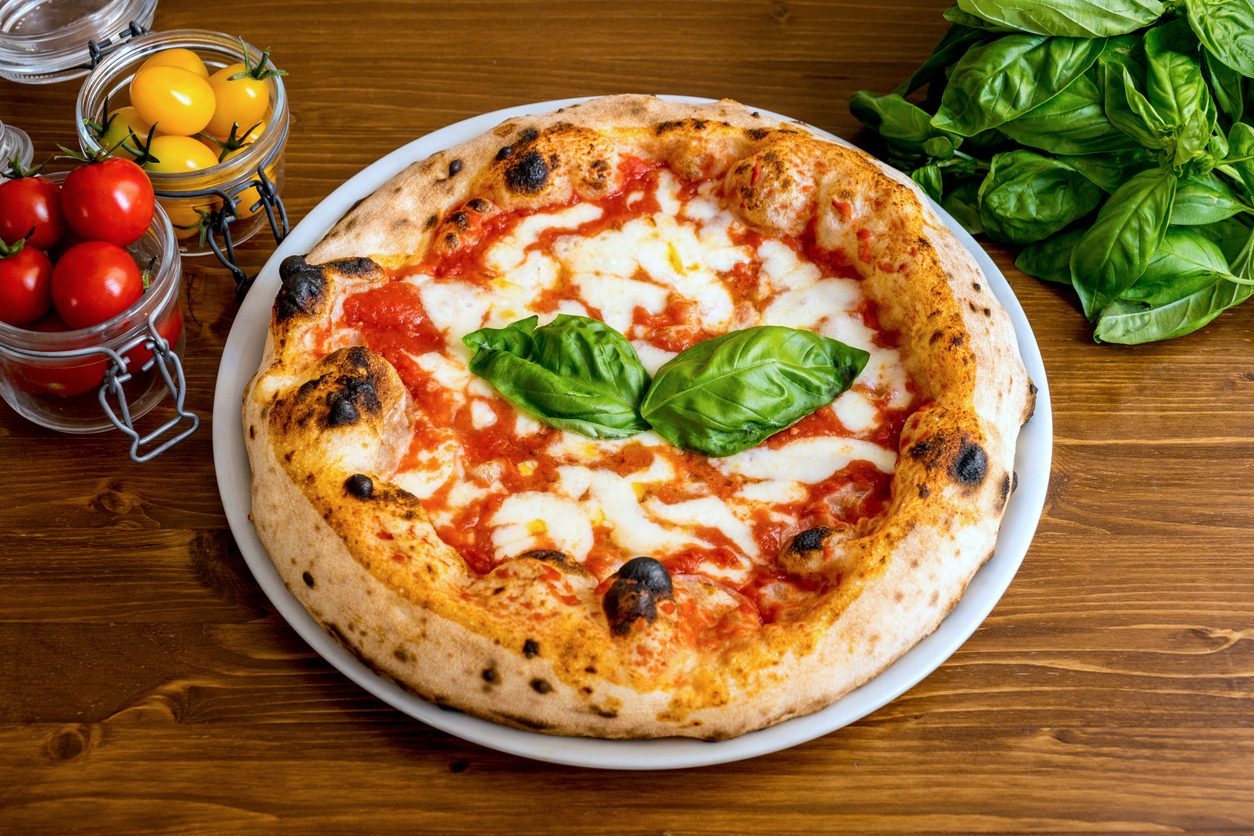What is Pizza Effect? An Italian Anthropologist Says It’s Cuisine’s True Wealth
Have you ever heard of the pizza or rebound effect? We explain this important anthropological phenomenon that took its name from the most famous and well-known food in the world but that today tells of pokè and "Western" sushi.
;Resize,width=742;)
If we refer to the pizza effect we mean an anthropological cultural phenomenon: it is a food that becomes known outside the place where it was born and then reaffirms itself in its homeland. This is a phrase coined in the 70s by Agehananda Bharati, a Hindu monk of Austrian origin, professor of anthropology at Syracuse University, in the United States. In his theory, the professor argued that pizza was born in Italy and then subsequently exported to America by Sicilian and Calabrian farmers, and it is precisely here that it will become the most famous dish in the world.
Pizza Effect, a Theory Born From a Misinterpretation
Professor Marino Niola, anthropologist, journalist and science communicator, explains to us what the pizza effect means. "What is really meant by the pizza effect – he explains – is an anthropological event that involves a rebound effect: it occurs when a food or a custom originates somewhere, migrates and then returns to its place of origin". According to the professor, the name matches that of pizza as the most well-known food in the world and a symbol of globalization. In the case of the latter, however, the effect is partial: pizza was adopted and transformed in the United States, but did not return to Italy in an "American" form. In fact, pizza never left Italy. In short, it is an effective theory, born on the basis of an error.

Niola claims that Agehananda Bharati made a big mistake in his judgment, perhaps due to a lack of sources, when he coined the phrase. “Pizza in the USA,” says the anthropologist, “was exported by a Neapolitan, Gennaro Lombardi, who opened the first pizzeria in New York in 1905. It was in the Neapolitan capital that it was born as we know it today, but it is also true that, except for Naples, it became famous in America before it did in Italy. In Italy, no one knew what it was.” The professor explains that the pizza effect, for this food, cannot be equally applied to Italy, as it has never left its birthplace, while it is considerable for other European nations as it is not difficult to find restaurants that sell American pizza, that is, large, with an enormous layer of cheese and served in slices.
The Rebound Effect: From Tomatoes to Poke
There are many gastronomic products that, over time, have undergone modification or contamination and can therefore be counted among those transformed by the pizza effect. Do you know when, at a Japanese restaurant, you order sushi with cream cheese, strawberries and avocado as a garnish? You should know that in reality what you are eating is not real sushi but a dish that, queen of Japanese cuisine, has been adapted according to our Western tastes. The same goes for the famous poke, the healthy salad so popular in recent years that, in the way we conceive it, is remotely similar to the original one born in Hawaii.

Marino Niola is enthusiastic about the pizza effect, "I believe that the phenomenon corresponds to the true richness of cuisine – he confesses – it is so precious that without it we would still eat like our ancestors". According to the anthropologist, culinary art would not be such without exchanges and contaminations. "The idea that food is indigenous – he continues – or that it remains in the place where it is born without moving, is an illusion. Just think of the Italian cultural identity that without contamination, would not be among the most appreciated and known in the world".
The pizza effect actually exists for almost all foods. The examples of the dishes mentioned above are a clear demonstration of how foods evolve during migrations. A similar argument can also be made for raw materials: many of these, fundamental for our cuisine, have followed a migratory path that has made them indispensable today. "Tomatoes were discovered in the Americas – explains Niola – the first to grow and eat them were the Aztecs. This vegetable arrived in Europe in 1500 and it was only at the end of 1700 that it slowly entered the kitchen and was then produced on a large scale and arrived "transformed" in the place where it was discovered."
The same goes for coffee, which migrates to the West to be modified as we know it today and return overseas where, here too, espresso has become popular. “The exchange, the transformation, the enrichment: all this – the anthropologist points out – has made cuisine as we know it today. Not only tomatoes or coffee, but also other foods such as oil or wine, have undergone a process of migration”.

The globalization of such products, according to the anthropologist, has always occurred, even in historical periods prior to today. In ancient times, exotic foods were always present at Roman banquets, and they ate them continuously because they loved them. “Exchanges have been going on since the beginning of time,” Niola points out, “and we also notice it from the name of Italian's most typical dishes. Let's think of zucchini alla scapece, an identifying dish of Neapolitan cuisine, but which in reality is completely foreign starting from the name which is a Hispanicism that derives from escabeche, meaning to marinate. But the Spanish also inherited it from the Indo-Iranian language to refer to a series of food preparations where the foods were first fried and then left to macerate in vinegar to be preserved. So,” he continues, “everything is the result of exchanges and that's why the pizza effect has always worked even before pizza itself was born.”
The Importance of The Pizza Effect
This phenomenon is a really interesting concept because, as Marino Niola told us, it first started as a sociological observation of the transformations of Italian pizza in the United States and then it was applied to many other cultural traditions. It helped us understand how much culture and trade have influenced our way of life and showed how dynamic and constantly changing nature is. All this is not limited to food, but can be extended to cultural, musical and artistic practices that are re-interpreted differently when they migrate to new cultures.

This phenomenon also raises an important question about respect for cultural traditions considered "original". When a dish or custom is reinterpreted, it is essential to understand and preserve its roots.
In this sense, the pizza effect is an important lesson on the balance between innovation and authenticity, an increasingly recurring theme in a world that is now globalized and almost entirely multicultural. As Niola explains, the meaning that this anthropological phenomenon carries is a message of cultural interconnection that demonstrates not only the power of food as a vehicle for identity and cultural exchange, but highlights the incredible ability of cuisine to adapt to new realities while maintaining ties with its origins. All of this is proof of cultural creativity and how human beings, taking advantage of the available territory, have modified an element that came from far away, adapting and enriching it according to their needs.
;Resize,width=767;)
;Resize,width=712;)

;Resize,width=712;)
